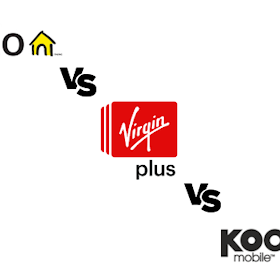 When we stumbled across the Wikipedia page for Haptic Technology today we immediately spun off on a flurry of Google searches in a quest for more information. Result? The tentative and hopeful excitement of a child smart enough to know they only might be getting that Laser-Dragon they asked for from Santa this year.
When we stumbled across the Wikipedia page for Haptic Technology today we immediately spun off on a flurry of Google searches in a quest for more information. Result? The tentative and hopeful excitement of a child smart enough to know they only might be getting that Laser-Dragon they asked for from Santa this year.
Haptic technology focuses on making an interface provide a physical response to the user in response to a command. You touch an interface, it touches you back. In a very basic sense this technology already exists; every time your phone vibrates in response to a command, or when a steering wheel on an arcade machine fights against you because some virtual centripetal force, is a haptic response.
Sounds pretty lame? Well listen on. Just about every article and journal we could find talked about the future of hapticity. There are a lot of R&D teams working on haptic responses from virtual objects. That’s right, holograms. We’re not just talking about some lame vibrations here, either.
The end aim of the haptic industry is to produce interactive virtual objects that feel real. So in theory you could feel the fabric of that shirt you’re thinking about buying online. Just think of what that would do to the internet sales industry. Imagine what it would do to video gaming, even on your phone. If it were possible to project 3D, physical objects from a device then the scope of your phone’s display is limitless. A massive, 3D interface from a pocket-held device is a pretty exciting concept.
Of course what we’re talking about is entirely theoretical and very, very far off. But the fact that scientists are already working on this stuff is pretty exciting. One day you may be explaining to one of your grandkids what it was like back when we had to use buttons to interface with our machines.
Now wouldn’t that be something?
Photo Credit: B_Zedan
Related Articles
Find Better Phones and Plans
Hundreds of cell phone plans unpacked. All the facts. No surprises.








































